If your baby has a tongue or a lip tie, you may be worried about what it means for your breastfeeding journey. No matter what, you have options to help you meet your breastfeeding goals.
One of the most controversial issues in breastfeeding is the role of the tongue and lip-tie. Otolaryngologists have speculated about the rise in tongue-tie diagnoses in ENT Today, discussed in The Atlantic, and evaluated on just about every medical and parenting website.
So what’s the deal with tongue and lip-tie—and most importantly, how can you tell if your baby has one or not?
If you’re new to breastfeeding, you likely had never heard of tongue or lip-tie before. (Or latching or colostrum or lactation consultant—breastfeeding is a vast universe!) So what is it?
A tongue-tie, medically known as ankyloglossia, is when the tissue that connects the tongue to the bottom of the mouth—the frenulum—is too tight or thick. This tightness/thickness limits the tongue’s range of motion. For babies, this creates difficult feeding.
Clinically, there are four classifications for tongue ties based on where the tie is located.
The classification of tongue-tie helps articulate where the tie is located, but it doesn’t indicate severity. Simply put, a tie is a tie, and whether it’s a Class 1 or Class 4, it can affect feeding and should be addressed with a lactation consultant and/or a pediatric dentist.

Healthcare professionals don’t know exactly what causes tongue-tie, but there are several theories. Some studies propose that tongue-tie is inherited but haven’t put forth any clinical evidence that proves this.
No matter the cause, though, tongue-tie is present from birth—there’s nothing you did or didn’t do to cause it from occurring.
If you think that lip-tie is the same thing as a tongue-tie, but on the lip, you’d be right.
A lip-tie is when tissue connects the upper lip to the upper gum. Lip-tie tissue can be too thick, too tight, or both. Like with tongue-tie, lip-tie can potentially cause problems, but effects are less notable than with tongue-tie.
That being said, if your baby has lip-tie, it’s likely they also have a tongue-tie present—make sure you have your baby evaluated!
Lip-tie conditions are divided up through a classification system, but the classes don’t describe severity. Instead, the classification indicates the location of the tie—that’s all.
While a tongue tie is closely linked to breastfeeding problems, there’s less evidence that a lip-tie does the same thing. That’s because of the different role of the upper lip during nursing—its function is to form a seal and rest in a neutral or flanged position against the breast.
To continue the similarities between tongue and lip-ties, we also don’t know exactly why a lip-tie happen. However, experts observe a notable overlap between individuals that have a tongue-tie and those who have a lip-tie.
Although breastfeeding parents can successfully breastfeed through lots of challenges, a tongue-tie is a major cause of breastfeeding problems.
Because a baby with a tongue has less mobility in their mouth, they have a harder time making a good latch onto the breast. And a poor latch causes lots of problems:
How can you tell if your baby has a bad latch? In addition to feeling pain or discomfort, you may also hear clicking or smacking sounds from your baby. You’ll notice that their lips are tucked in during nursing instead of flanging out. Your baby may also seem unsatisfied during or after a feed.
In short, a tongue-tie has a negative impact on both parent and baby during nursing. This can lead to ending breastfeeding earlier than planned.
The problems posed by tongue and lip-tie conditions don’t end with breastfeeding. There are lifetime implications for an untreated tongue or lip-tie.
If you’re concerned about a tongue or lip-tie, the best thing to do is contact a lactation consultant or get a referral to a pediatric dentist who specializes in these conditions. Visual charts and classifications can be helpful, but you should also look out for symptoms that you and your baby experience.
Don’t worry. Just because you have one—or even more than one—of these symptoms doesn’t mean that your baby has a tongue or lip-tie. And even if they do, that doesn’t mean that they’ll have problems breastfeeding. Every parent-baby dyad is unique, and to a large degree, breastfeeding is a learned skill. Working with a lactation consultant can help you figure out what help you need to be successful.
Once you’ve identified a tongue or lip-tie, you need to evaluate your options for resolving it.
A pediatric dentist may suggest tongue or lip-tie revision surgery or a frenotomy. A frenotomy is recommended when a tie is keeping them from latching and nursing properly. Most parents are worried about their baby having surgery at a young age, but revision procedures are quick and don’t require anesthesia. However, while revisions are often very effective, it’s imperative to follow aftercare instructions to keep the tie from re-attaching and causing continued restriction.
While you develop a plan with your pediatric dentist, work with a lactation consultant. They can teach you how to latch and position your baby for more comfortable nursing. And if pumping is needed, they can work with you to create a manageable pumping schedule to keep your supply up while you work with an IBCLC to achieve a pain-free latch that transfers milk effectively.
There’s a lot to figure out about tongue and lip-tie conditions. If you’re ever wondering whether what you’re experiencing is normal or not, there’s help available—and quickly!
Book a convenient online video appointment with one of our IBCLCs today.
